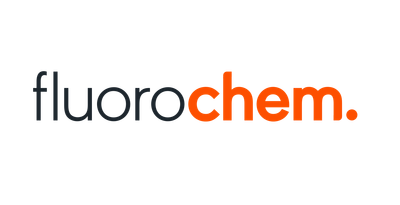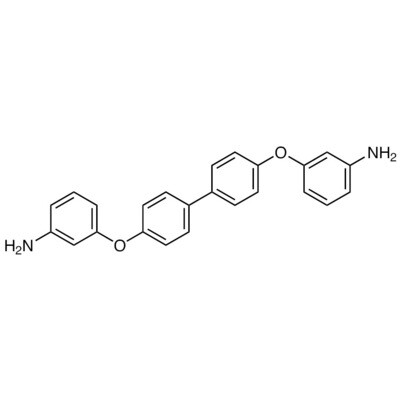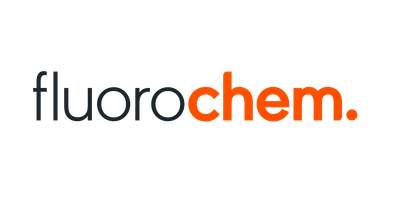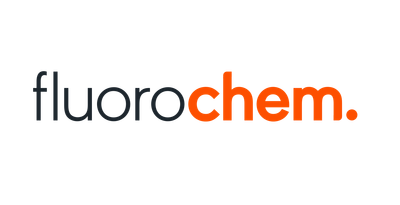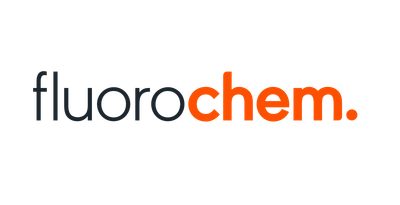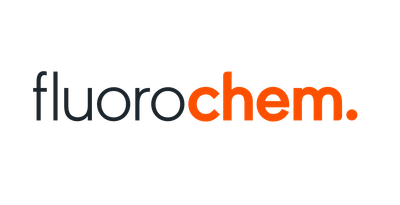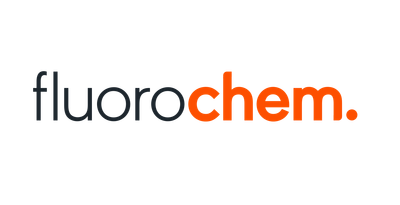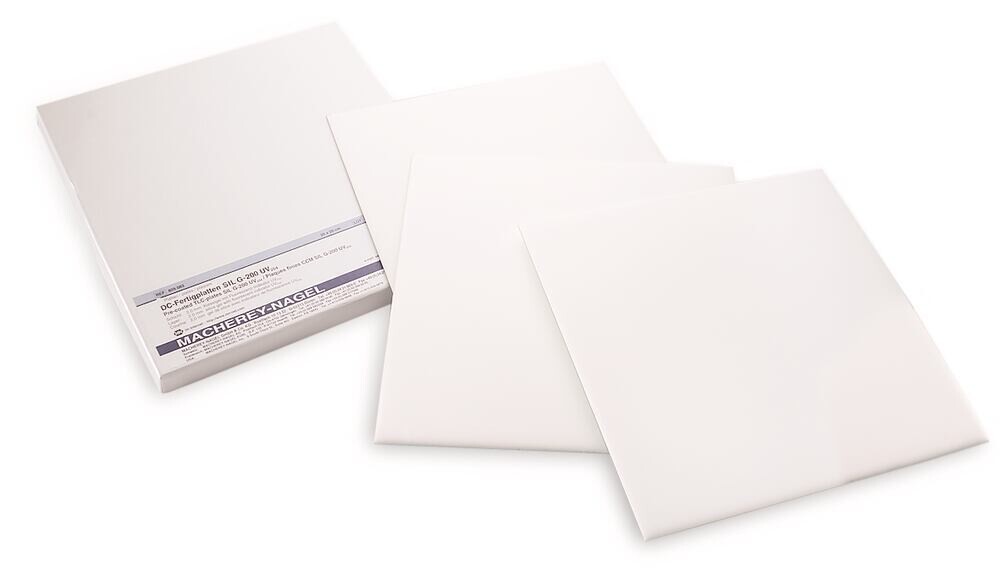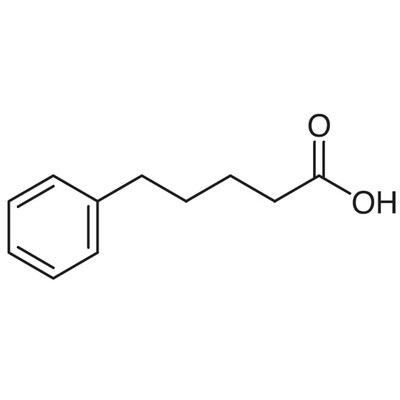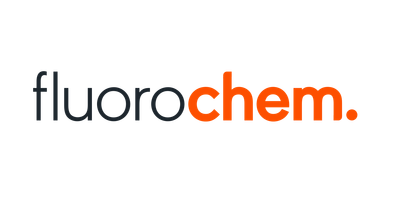Plaques CCM SIL G-200 / UV254 pour applications préparatives, 12 pièce(s)
Deze TLC-platen zijn bijzonder geschikt voor het scheiden van grotere monsterhoeveelheden door de laagdikte van respectievelijk 1 en 2 mm.
- Specifiek oppervlak: ca. 500 m2/g
- Middelgrote poriënbreedte: 60 Å
- Specifiek poriënvolume: 0,75 ml/g
- Deeltjesgrootte: 5-17 µm
U vindt nog meer aantrekkelijke aanbiedingen om uw chromatografielaboratorium te vervolledigen op onze Chromatografie pagina!
DLC-plaatjes SIL G-200 / UV254 for Preparative Applications
| Plaatformaat | 20 x 20 cm |
| Laagdikte | 2 mm |
| Materiaal | glaswerk |
| Wijziging | Unmodified silica gel (SiOH) |
| Fluorescentie-indicator | ja |
| Scheidingsprincipe | Normal phase (NP) |
| Fase | SIL G |
| Partikel grootte | 5-17 µm |
| Partikel soort | Fully porous particles (FPP) |
| Poriëngr. | 60 Å |
| Poriënvolume | 0.75 ml/g |
| pH-stabiliteit | 2,0-8,0 |
| Temperatuurstabiliteit | High |
| Aanbevolen toepassing(en) | Aflatoxins, Alkaloids, Amines, Amino acids, Analgetics, Antibiotics, Hormones, Marihuana compounds, Normal phase (NP), Patulin, Steroids, Sweeteners, The standard (soft) layer for thin layer chromatography, Vitamins |
U vindt nog meer aantrekkelijke aanbiedingen om uw chromatografielaboratorium te vervolledigen op onze Chromatografie pagina!
Although the principle of thin-layer chromatography is more than a century old, it did not make its breakthrough as an analytical method until about 50 years ago.
Thanks to the development of new sorbents and supports, as well as increasing instrumentation and automation, TLC has become a versatile separation method. It is used both in qualitative analysis and in quantitative analysis.
Applications range from simple manual separation processes in classic TLC to automated processes in HPTLC (high performance thin layer chromatography).
Advantages of thin layer chromatography:
- Higher sample throughput in less time
- Suitable for screening tests
- Pilot process for HPLC
- The ready-to-use TLC layer functions as a data storage device for separation results
- The separated substances can be used later for further analysis (e.g. IR, MS)
- By switching the mobile and the stationary phases, the separation process can be optimised quickly and cost-efficient
